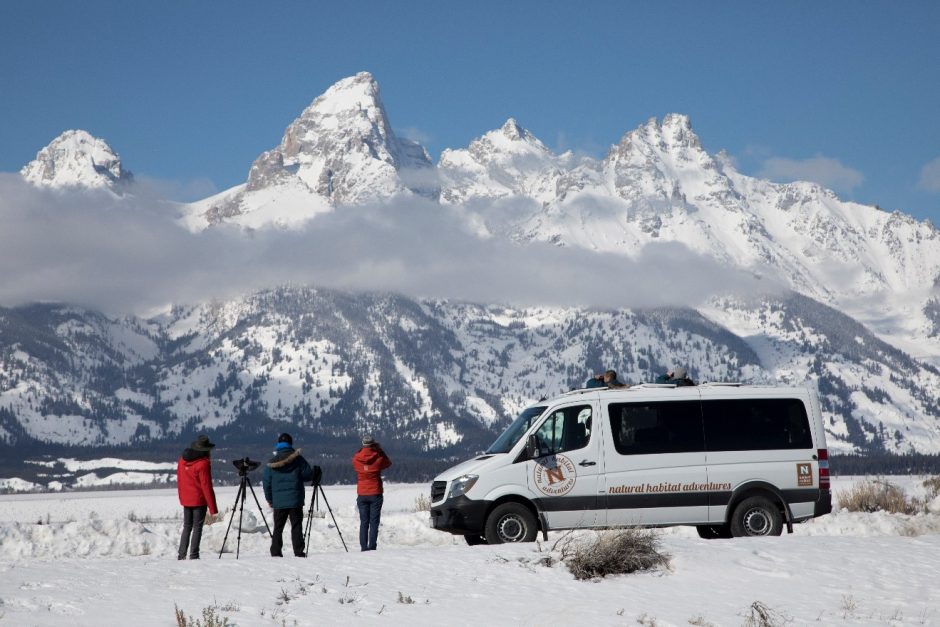
What’s in my Camera Bag? Yellowstone Winter Photography
Winter wonderlands come in many shapes and sizes, but there is perhaps none grander than the one you’ll encounter in Yellowstone National Park. With its immense scenic beauty and sensational winter wildlife it’s certainly one of, if not the holy grail of winter nature photography.
If you’re headed there, or just dreaming of heading there, this is a perfect starting guide for the equipment you should consider bringing to get the best photos from an exceptional adventure.
Please note, photographic styles vary, as do conditions on the ground. While this is meant to be a guide for choosing your camera gear, you should consider your own photographic interests first and foremost.
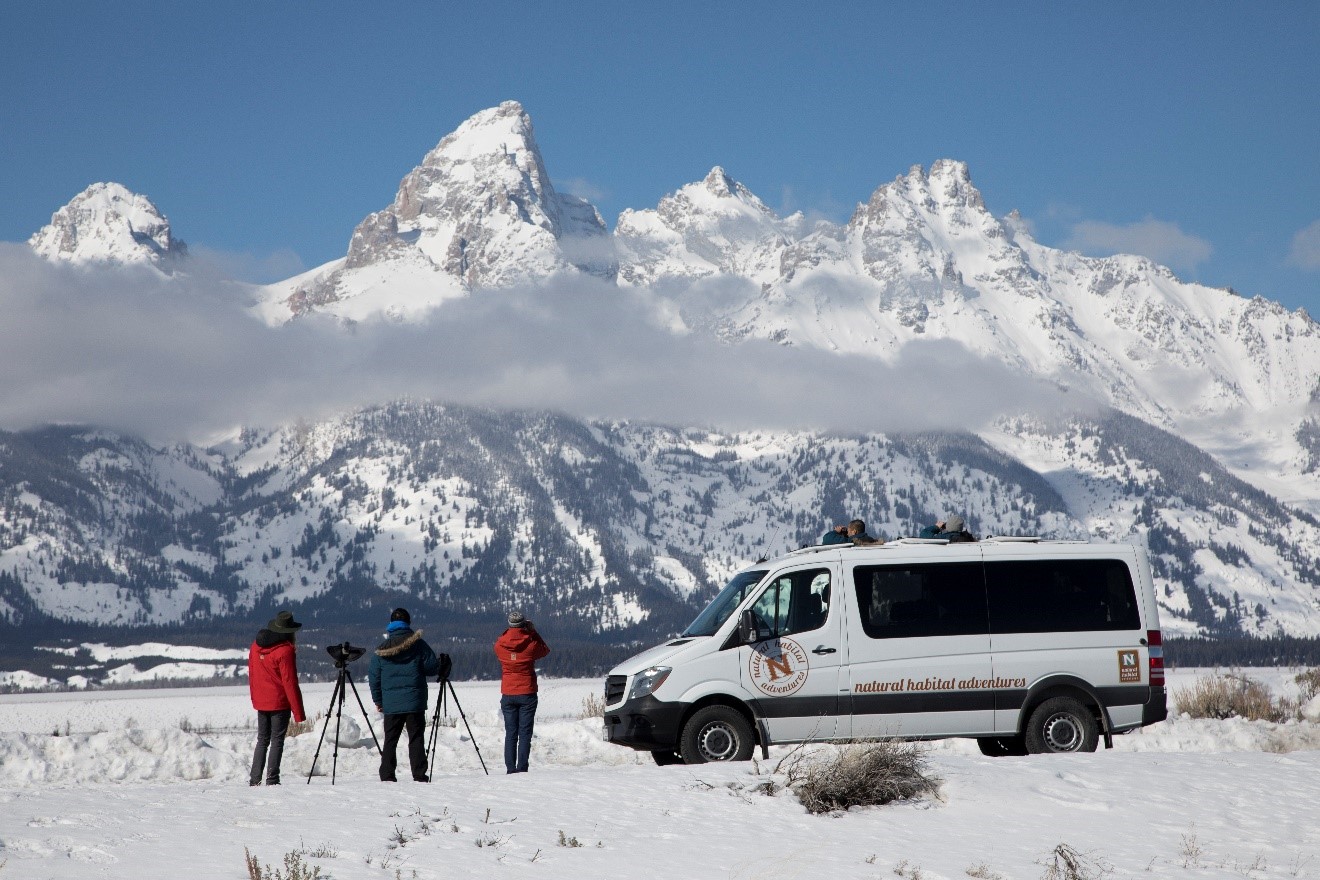
Ultra-wide Angle vs. Wide Angle?
I personally love ultra-wide angles, but to me these lenses, which are typically in the 10-22mm range (crop frame) or 16-35mm (full frame), are just a bonus. Your general, multi-purpose wide angle is really the one that is going to be used most for big scenery, general travel photos, and even some wildlife shots. These “walking around lenses” as I call them are your 18-55mm (crop frame) and 24-105mm (full frame) lenses.
As you see later, an ultra-wide angle lens is my “x-factor” lens…that is, not critical, but indeed a wonderful option to bring as an extra lens.
If these crop vs. full frame terms are not familiar to you, please check out my article on crop vs. full frame terminology.
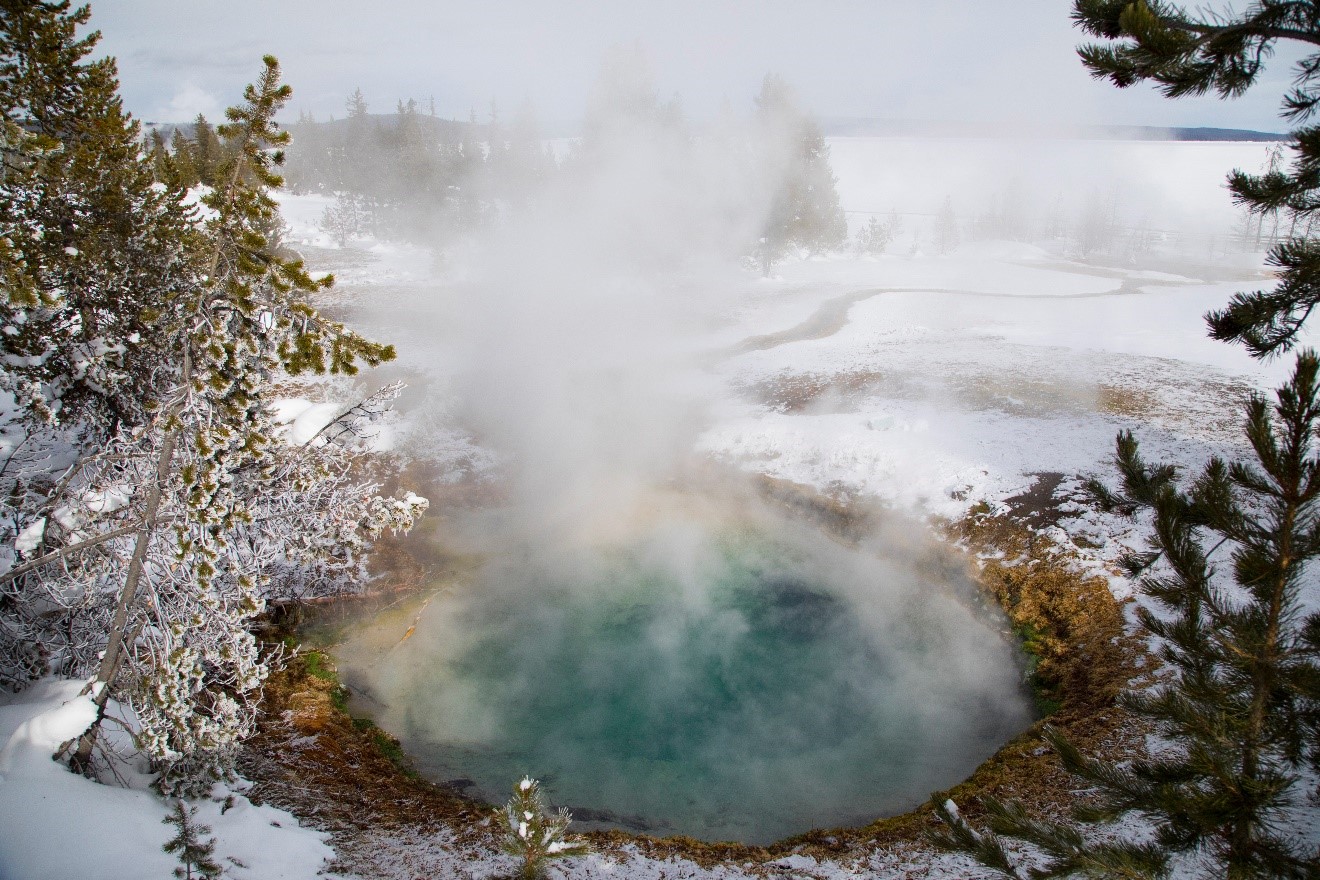
Zoom Telephoto
Zoom telephoto lenses are of utmost importance on a winter Yellowstone photo adventure. These double up and function as critical wildlife AND landscape lenses. I’m talking about your 70-300mm, 100-400mm, and even your bigger and newer 200-500mm lenses out there. These are all around fantastic lenses. They combine versatility via their zoom range as well as maximum telephoto capabilities for wildlife, which are often found in valleys and fields (i.e., anywhere from 30 to 300 yards away).
In short, this is THE FIRST thing I pack when prepping for a Yellowstone photo trip in winter.
You could technically consider the venerable 70-200mm lens within this category. I do love this lens no matter the manufacturer (it’s usually one of the sharpest, fastest, most versatile lenses out there, no matter if you’re a Canon, Nikon, Sony, or Olympus person). However, one must consider how often you will be changing lenses on any wildlife safari, and because of its somewhat limited maximum telephoto range at 200mm, it just won’t reach far enough for most wildlife photo ops you’ll come across. However, it’s actually a wonderful landscape lens, for the big, expansive landscapes of Yellowstone work really well for things like zoom compression and telephoto landscape photos.
Thus, the 70-200mm lens isn’t usually a core part of my kit. If I can fit it, great, but not in place of one of the other core and critical lenses I list here.
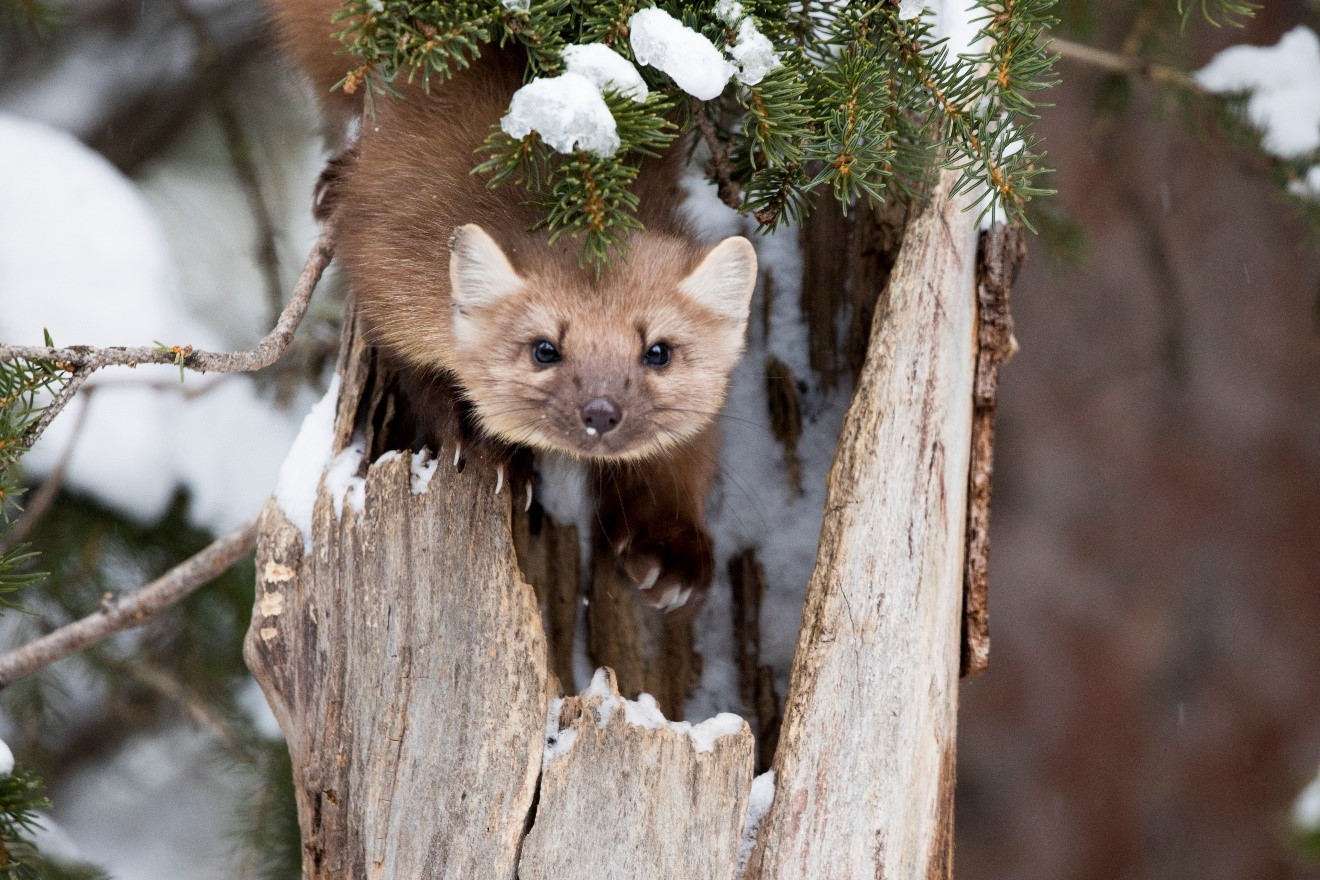
Super Telephotos
These big lenses in the 500mm and 600mm range are fantastic for any wildlife photo experience. However, while helpful, they do have their drawbacks—mostly size, weight, and cost. This translates to low versatility and a pain to lug around if you’re not used to them. However, if you do have one of these lenses and are considering bringing it, just ask yourself if you would bring such a lens on an African photo safari. To me, the answer is yes.
If you do not already have one of these and don’t feel like shelling out the cost for renting or purchasing one, I recommend instead focusing your efforts on using a quality 100-400mm or 200-500mm zoom lens throughout.
One of the primary uses for big lenses like these are for distant wildlife, and wolves are a likely suspect here. In fact, one of my top reasons for using these super telephotos is that they work really well for tele-extenders like the 1.4 and 2x that effectively add a multiplier onto your telephoto range.
If you do have and plan to bring a big 500 or 600mm (or bigger!), the small, lightweight, and relatively inexpensive 2x tele-extender is worth the investment. This could effectively turn your lens into a 1200mm, which could make a big difference for big wildlife at a distance.
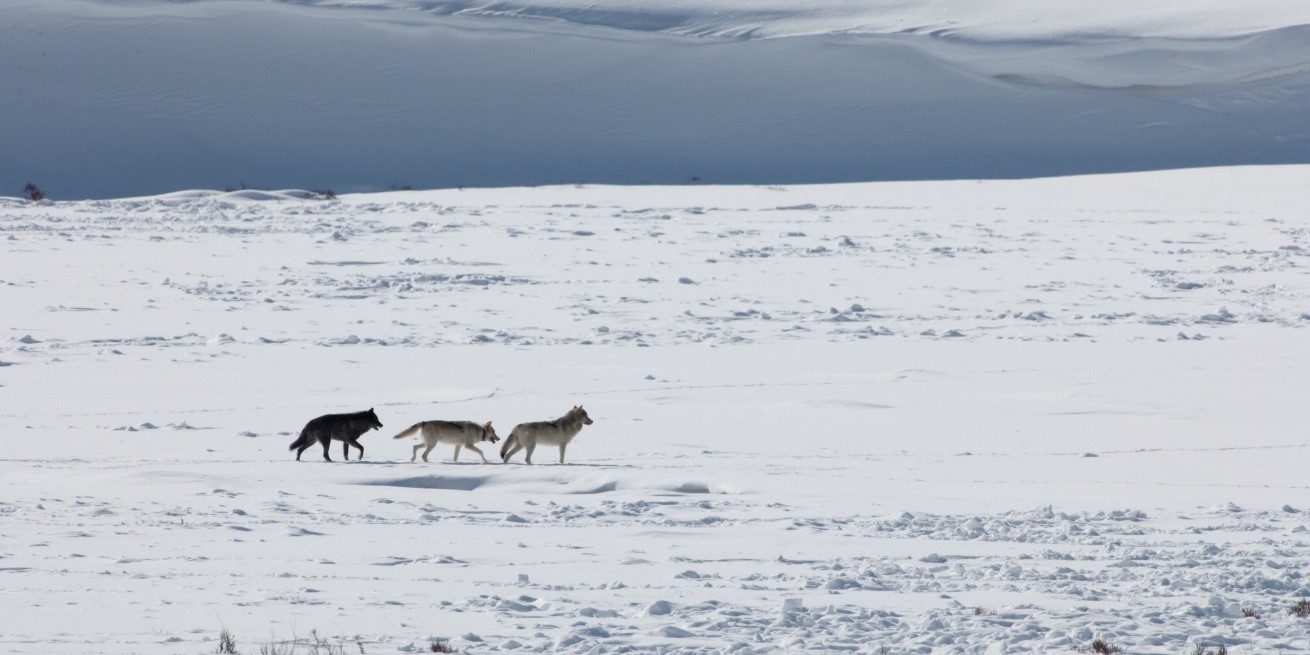
X-Factor lens
This isn’t really an “official” lens category, but if you’ve been reading my articles, you know I often add just one more lens to my kit in hopes that it might give me some really unique photos. These lenses aren’t critical, but are often really fun to have.
For Yellowstone in the winter, my top vote is an ultra-wide angle lens, as I mentioned earlier. Being able to photograph at these angles can allow for interesting perspectives in both big landscapes and in tight angles.
In addition, they can be really helpful and fun for evening, night, or blue hour photography.
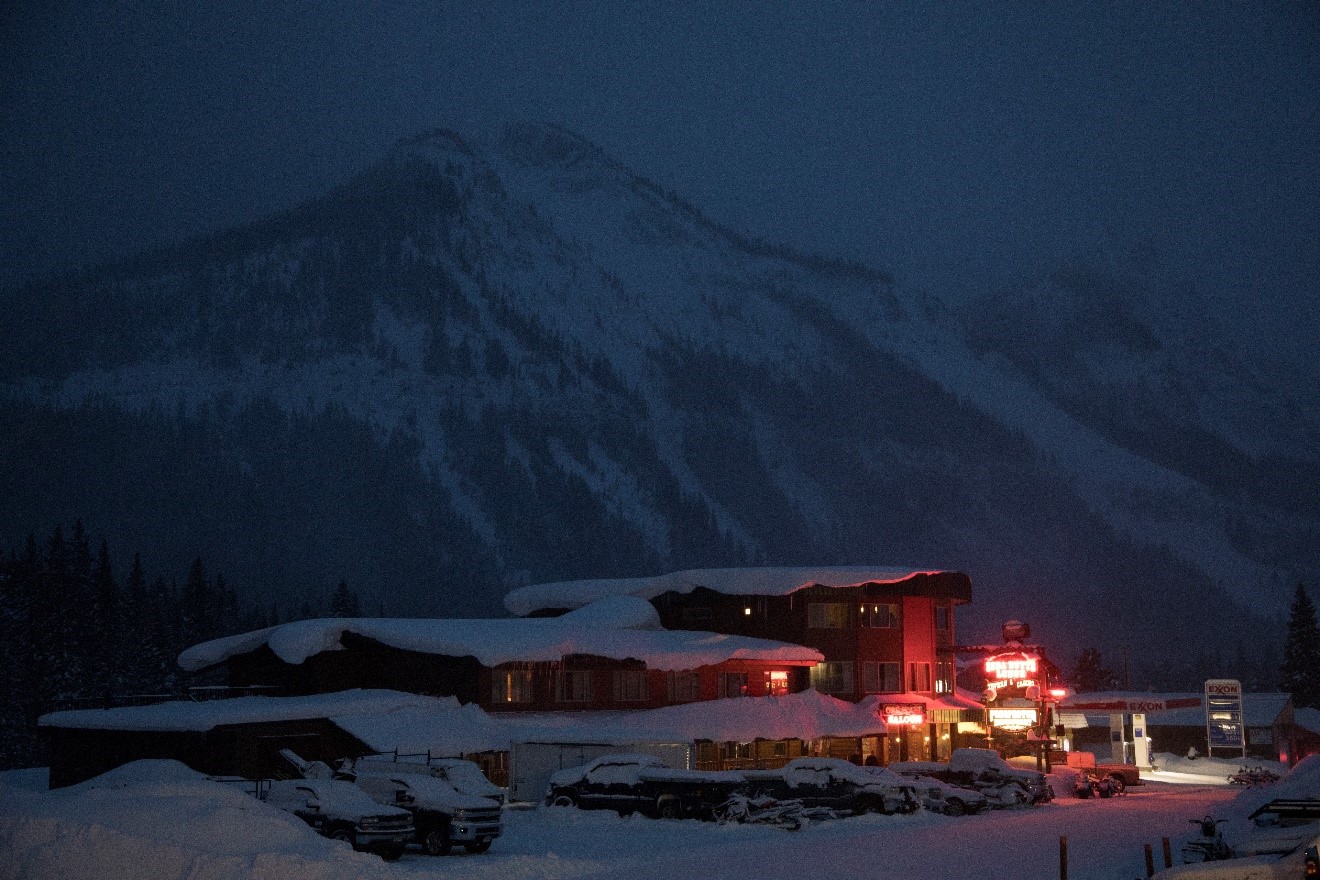
Batteries
As you can imagine, Yellowstone’s winters tend to zap batteries quickly. Modern day cameras, especially the nicer ones, do surprisingly well preserving battery life these days, but nevertheless I wouldn’t go out the door each day without a fresh battery in my camera, plus two extra fully charged batteries.
Extra camera body
Just like proper African wildlife safaris, having a second camera body minimizes the need to switch lenses. This saves time, giving you more shots. It also protects your camera sensor by limiting its exposure to the environment between lens switches.
A second camera body certainly isn’t critical, but if you have one, it’s nice to have. Plus, it’s a great backup in case you have any issues with your primary camera.
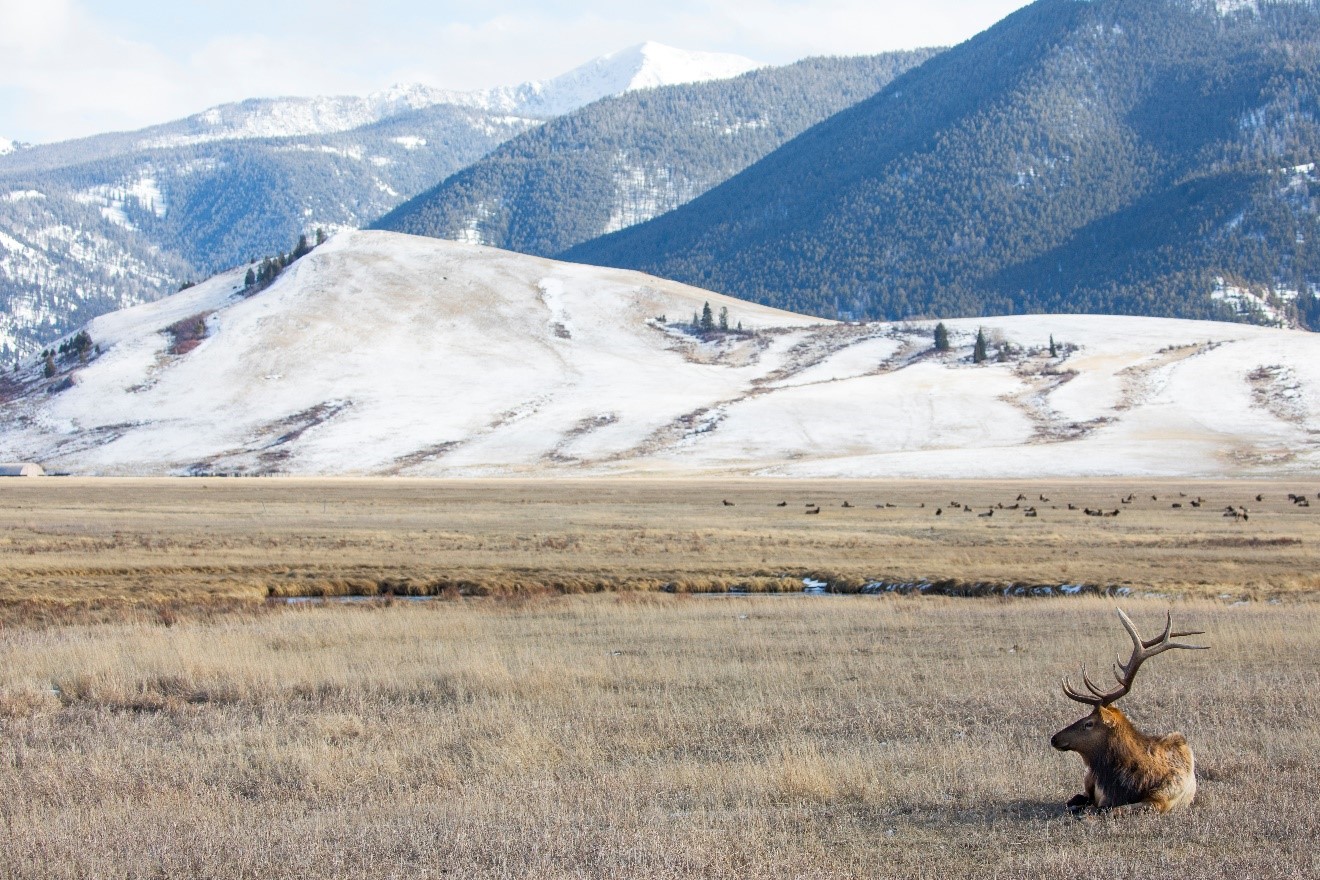
Tripods and Stabilization
I’m rarely the guy that touts tripod photography. They can be clunky and cumbersome, and could result in a missed photo, especially when it comes to wildlife. However, Yellowstone in the winter lens itself to tripod photography in a unique way. Because wildlife are often not as skittish and a bit slower (you’d be, too, if it was 5 degrees F outside and you weren’t wearing a parka) you have the time to set up a tripod.
In addition, some wildlife can be further away than the norm (e.g., wolves) so having the stabilization of a tripod can be nice when pushing the limits of telephoto. Plus, a tripod is nice to set your camera on while you retreat briefly to a nearby vehicle for some fresh coffee or hot chocolate.
But let me stress that a lack of light is not the reason for a tripod in the case of winter photography in Yellowstone. In fact, you have pretty darn good light, even if it’s cloudy and snowing. This means that the traditional value of a tripod in landscape photography isn’t as pronounced. You can shoot at f/8 or f/11 and fast enough all day (but of course if you do like night photography, a tripod is a must for landscape photography).
I hope this helps, and I hope you have the opportunity to photograph Yellowstone’s magical winter one of these days! If you have any thoughts or questions for what would be in your camera bag, please do leave us a comment below!
Cheers,

Court
Leave a reply